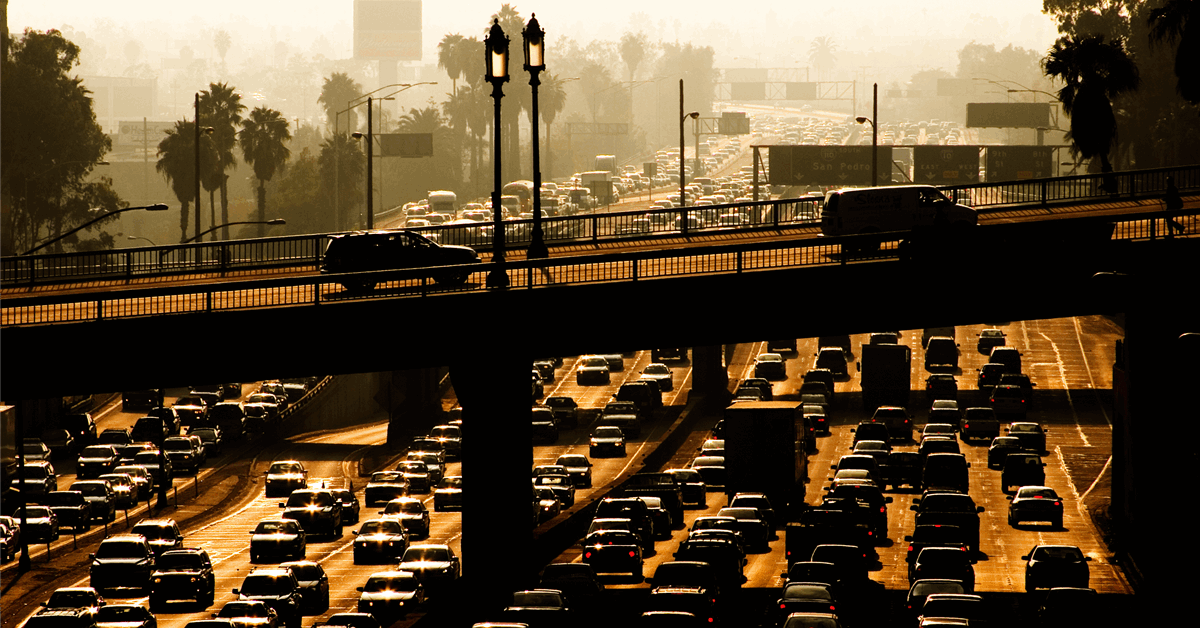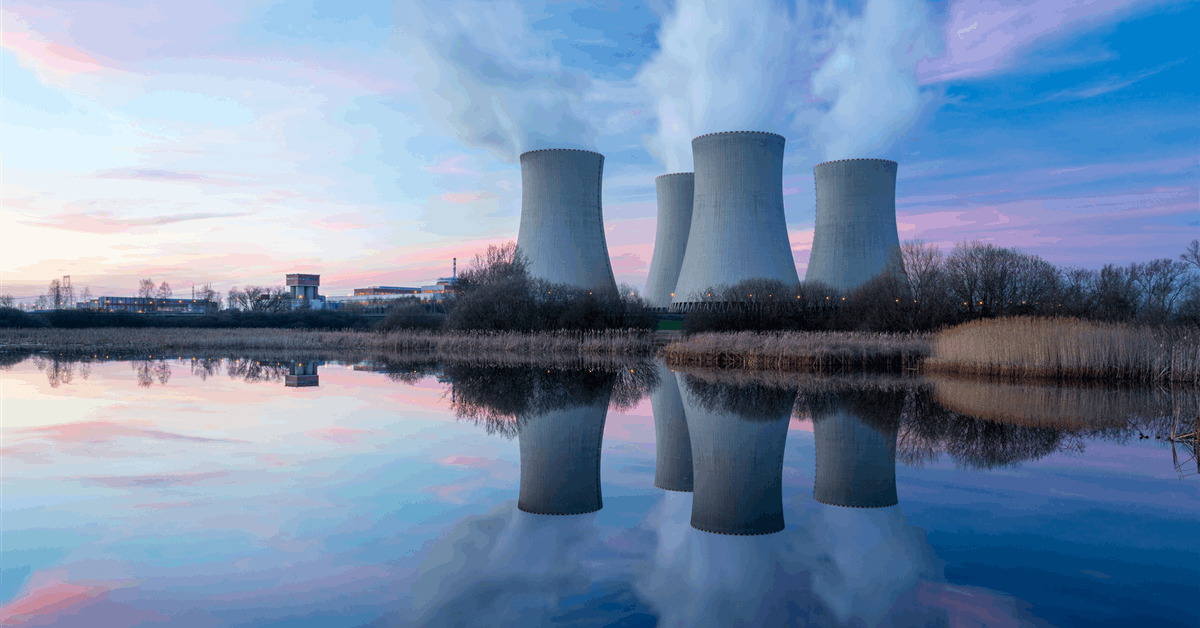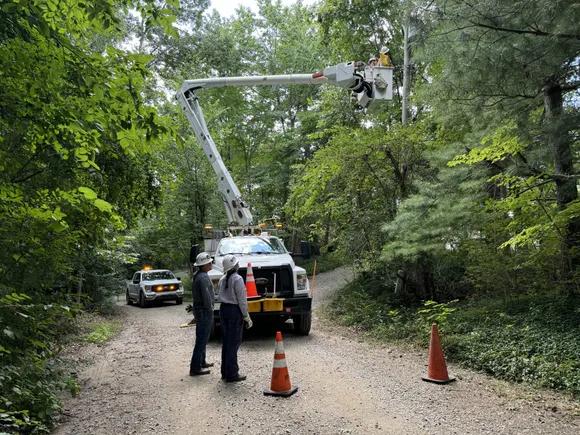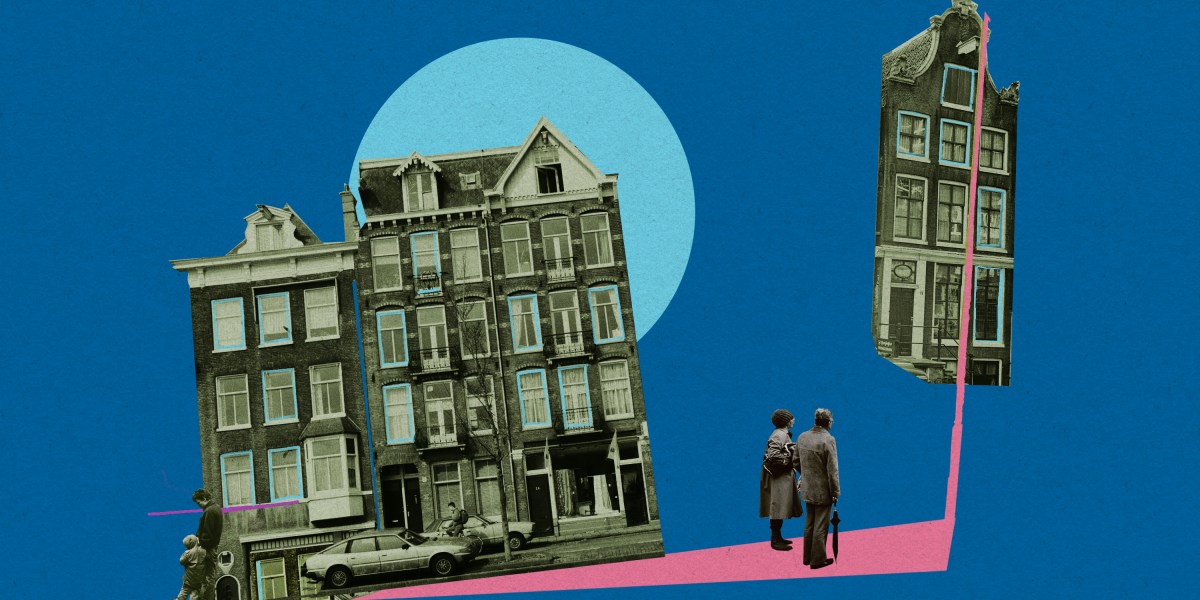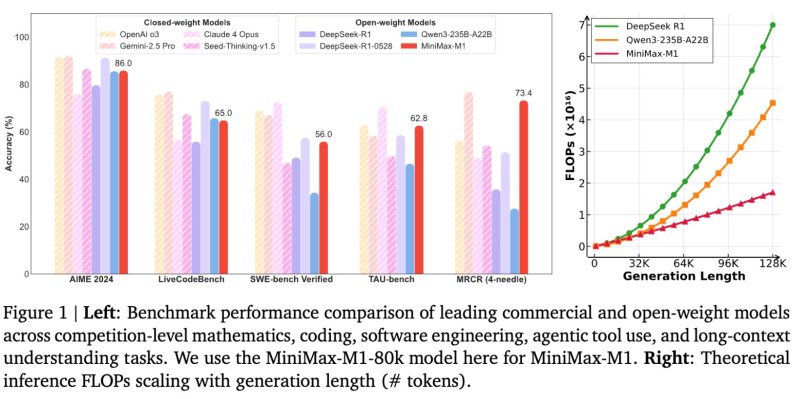European Union member states need around EUR 241 billion ($278.62 billion) through 2050 to grow the share of conventional nuclear in their energy mix toward meeting their decarbonization, industrial competitiveness and energy security goals, according to official analysis. The 27-member bloc had 101 operational nuclear power reactors, with a combined capacity of 98 gigawatts electric (GWe), as of last year, the European Commission said. These are spread across 12 member states: Belgium, Bulgaria, Czechia, Finland, France, Hungary, the Netherlands, Romania, Slovakia, Slovenia, Spain and Sweden. In 2023 the units supplied 22.8 percent of the EU’s electricity generation. Three more reactors are under construction: one in Slovakia (Mochovce 4) and two in Hungary (Paks II), according to the Commission. While the EU’s top economy, Germany, shut down its three remaining nuclear power plants in April 2023, the new German government signaled it would drop its opposition to nuclear power, according to a Reuters report May 20, 2025, citing a French official. The estimated investment need, EUR 241 billion in present-value terms, is based on generation gaps identified in National Energy and Climate Plans (NECPs). The estimate, a “base case scenario”, accounts for the existing fleet, ongoing constructions and planned newbuilds. Additional investment is needed for small modular reactors (SMRs), advanced modular reactors (AMRs) and microreactors, the Commission said, though it did not quantify the investment need. Newbuild projects account for EUR 205 billion. Lifetime extensions would need EUR 36 billion, according to the Commission. In the base case scenario, the Commission projects an increase in nuclear generation capacity to 109 GWe in 2050, assuming at least some of the existing reactors extend their operating life beyond 60 years and planned newbuild reactors are delivered on time. “The Commission estimates that over 90 percent of electricity in the EU in 2040 will




